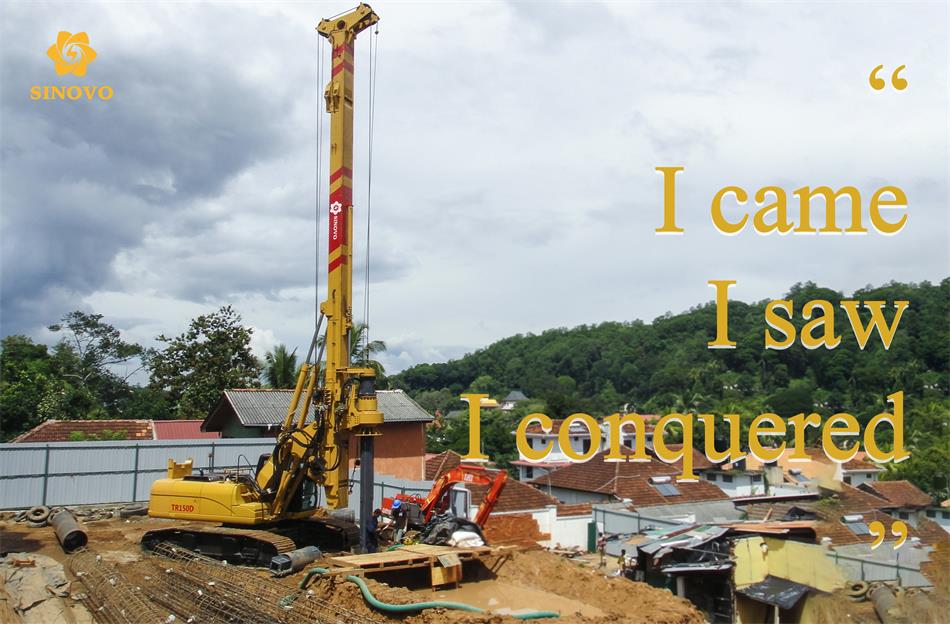The so-called reverse circulation means that when the drilling rig is working, the rotating disc drives the drill bit at the end of the drill pipe to cut and break the rock and soil in the hole. The flushing fluid flows into the hole bottom from the annular gap between the drill pipe and the hole wall, cools the drill bit, carries the cut rock and soil drilling slag, and returns to the ground from the inner cavity of the drill pipe. At the same time, the flushing fluid returns to the hole to form a circulation. Because the inner cavity of the drill pipe is much smaller than the diameter of the wellbore, the rising speed of mud water in the drill pipe is much faster than that of the positive circulation. It is not only clean water, but also the drilling slag can be brought to the top of the drill pipe and flow to the mud sedimentation tank. The mud can be recycled after purification.
Compared with the positive circulation, the reverse circulation has the advantages of much faster drilling speed, less mud required, less power consumed by the rotary table, faster hole cleaning time, and the use of special bits to drill and dig rocks.
Reverse circulation drilling can be divided into gas lift reverse circulation, pump suction reverse circulation and jet reverse circulation according to the circulating transmission mode of flushing fluid, power source and working principle. Gas lift reverse circulation drilling is also known as air pressure reverse circulation drilling, and its working principle is as follows:
Put the drill pipe into the drilling hole filled with flushing fluid, drive the air tight square transmission rod and drill bit to rotate and cut rock and soil by the rotation of the rotary table, spray compressed air from the spray nozzle at the lower end of the drill pipe, and form a mud sand water gas mixture lighter than water with the cut soil and sand in the drill pipe. Due to the combined action of pressure difference inside and outside the drill pipe and air pressure momentum, the mud sand water gas mixture and flushing fluid rise together and are discharged to the ground mud pit or water storage tank through the pressure hose. Soil, sand, gravel and rock debris settle in the mud pit, and the flushing fluid flows into the hole.
Post time: Sep-17-2021


